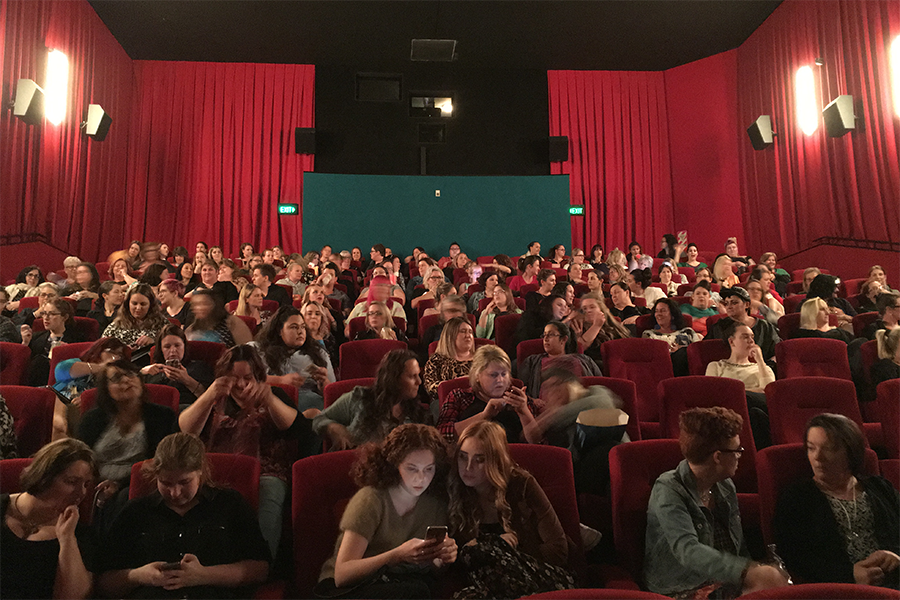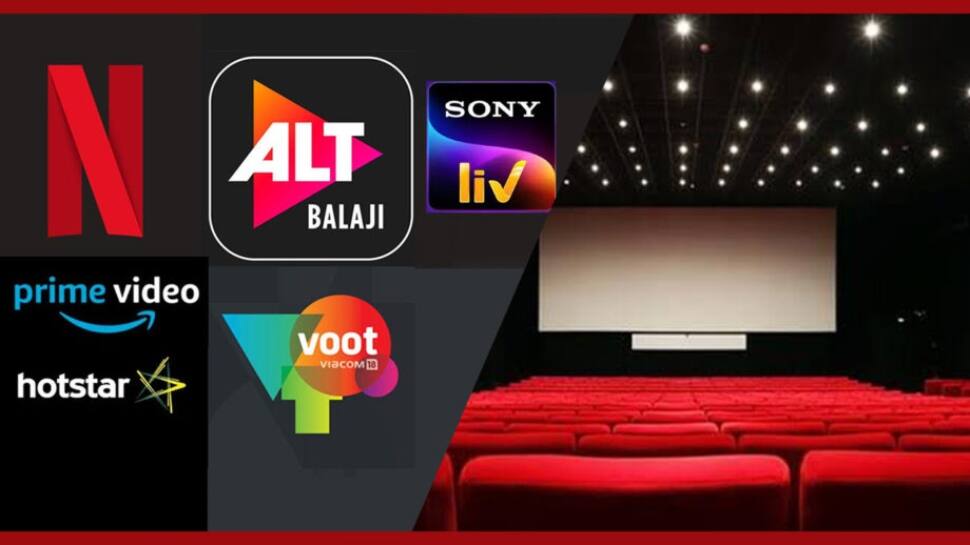The fast emergence of Over-the-Top (OTT) streaming services has upset the conventional entertainment sector, putting brick-and-mortar multiplexes in jeopardy. Many customers increasingly choose to watch films and TV episodes from the comfort of their own homes thanks to the ease and enormous content libraries provided by OTTs. However, this does not imply that multiplexes will become obsolete. Indeed, multiplexes may survive and prosper in the era of OTTs with the appropriate strategy and ideas. This article looks at five critical processes multiplexes may use to stay relevant and attractive to current audiences.
Enhancing the Cinema Experience

The capacity of multiplexes to provide a unique movie experience that cannot be recreated at home is the cornerstone of their sustainability. Multiplexes must invest in cutting-edge technology to improve both audio and visual features to accomplish this. High-resolution displays, advanced projectors, and immersive audio systems like Dolby Atmos may take the movie-watching experience to new heights. Furthermore, excellent seating arrangements, plenty of legroom, and appealing theatre designs contribute to a more pleasurable and relaxed environment.
Multiplexes have the potential to play blockbuster films on gigantic screens, offering a larger-than-life cinematic experience. This collaborative viewing experience develops a sense of community by enabling viewers to share their feelings and thoughts with others. To further enhance the cinema experience, multiplexes may experiment with technologies like 3D, 4D, and virtual reality (VR) screenings, which provide unique and immersive movie-watching experiences.
Diversifying Content

Multiplexes must broaden their content offerings beyond major Hollywood blockbusters to attract and keep consumers. While OTTs have extensive collections, multiplexes may carve out a place by exhibiting independent films, foreign language films, documentaries, and specialised genres. Multiplexes may appeal to a bigger audience by selecting a diversified choice of programming that caters to various interests and inclinations.
Furthermore, multiplexes can host film festivals focusing on specific themes or genres, celebrating the art of cinema and cultivating a loyal following. These events give lesser-known filmmakers a platform and attract cinephiles looking for a more curated and authentic movie-watching experience.
Embracing Event Cinema

Event cinema offers multiplexes a great chance to develop distinctive and exciting experiences for their viewers. Multiplexes may provide a unique combination of entertainment beyond regular cinema screenings by broadcasting live performances such as theatre plays, opera, ballet, concerts, and sports events.
Collaborations with well-known artists, theatre groups, and sports organisations may result in one-of-a-kind events that attract a wide range of viewers. Event cinema not only diversifies the content of the multiplex, but it also stimulates repeat visits as viewers desire to experience these rare events that are best appreciated on the large screen.
Fostering Community Engagement

While OTTs are convenient, multiplexes offer the benefit of cultivating a sense of community among moviegoers. To capitalise on this strength, multiplexes may arrange frequent Q&A sessions with filmmakers, performers, and industry experts, allowing fans to engage with the creators of the films they like.
Furthermore, multiplexes may organise special screenings for fan groups, film societies, and local communities, resulting in a shared experience beyond just viewing a movie. Multiplexes may build a devoted customer base that values the social and interactive parts of the cinema-going experience by actively interacting with its audience.
Embracing Technological Advancements

Multiplexes must embrace technology to improve their services and customer experience to stay competitive in the digital era. Implementing online ticket-buying systems adds convenience and allows data collection to personalise suggestions and offers for viewers.
By delivering unique material, pre-booking choices, and real-time updates, interactive mobile applications may improve the whole experience. Furthermore, multiplexes may use data analytics to understand their audiences’ tastes better and optimise their scheduling and marketing activities.
Customisation and Personalization

Multiplexes may use customisation and personalisation to improve the movie experience in the age of OTTs when streaming services give personalised content suggestions based on users’ viewing histories. Multiplexes may personalise their services to clients by gathering data on movie choices, watching patterns, and comments.
Multiplex loyalty programmes may be redesigned to provide clients with personalised incentives, discounts, and special screenings depending on their movie interests and frequency of attendance. By installing interactive touch-screen kiosks in theatres, spectators may personalise their movie experience by picking preferred seats, snacks, and even pre-ordering interval beverages. These personalised experiences will boost consumer pleasure and strengthen the link between moviegoers and the multiplex brand.
Seamless Online and Offline Integration

Multiplexes must build a seamless interface between their online and physical channels to flourish in the era of OTTs. A well-designed and user-friendly website or mobile app should include a full movie schedule, online ticket buying, and quick access to event cinema information.
Additionally, multiplexes may include elements that bridge the gap between online and offline movie-watching experiences. For example, the app or website may provide consumers with unique online material connected to forthcoming movie releases, behind-the-scenes videos, or interactive movie quizzes. This digital interaction improves the entire movie-watching experience and motivates consumers to return to the multiplex for a more immersive experience.
Furthermore, multiplexes may implement a cohesive loyalty programme that rewards consumers for online and physical interactions. Customers may earn loyalty points for booking tickets online or purchasing refreshments at the theatre, which can be used for unique deals, discounts, or even free tickets. Multiplexes may create a unified and gratifying consumer experience that fosters continual interaction by seamlessly connecting their online and physical platforms.
Conclusion
Multiplexes must adapt and innovate to stay relevant and appealing to contemporary consumers as the entertainment environment shifts with the introduction of OTT streaming services. Multiplexes may survive and flourish in the age of OTTs by improving the cinema experience, diversifying programming, embracing event cinema, promoting community participation, using technology, customising and personalising, and building seamless online and offline integration.
The challenge is to balance the convenience and large content libraries provided by streaming services and the distinct community experience and immersive offers provided exclusively by multiplexes. Multiplexes may continue to play an essential part in the entertainment ecosystem by reimagining the silver screen and redefining the movie-going experience, ensuring that the enchantment of cinema remains for future generations.




